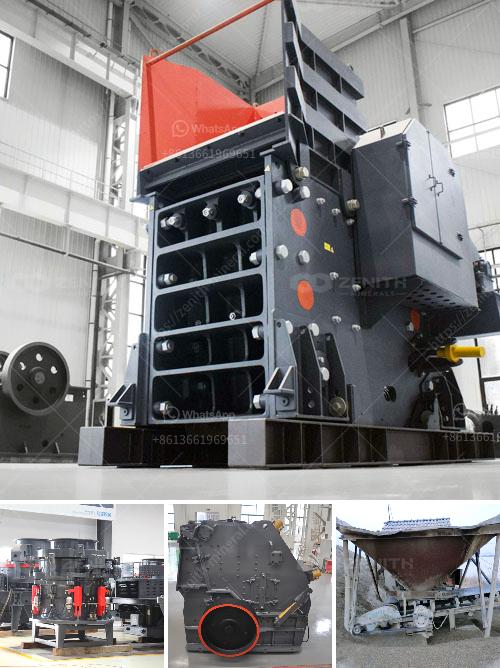A bauxite crusher works through a combination of mechanical processes to break down bauxite ore into smaller, more manageable pieces. Here’s a step-by-step breakdown of how it typically operates:
Feeding: Raw bauxite is fed into the crusher through a hopper. The amount is regulated to prevent overloading the crusher.
Initial Crushing: The raw material enters the primary crusher, which usually combines compression and impact methods to reduce the size of the bauxite chunks. This primary crusher can be a jaw crusher or a gyratory crusher.
Secondary Crushing: If needed, the material then moves to a secondary crusher such as a cone crusher or impact crusher where further size reduction occurs. The goal is to get uniformly sized particles.
Screening: Crushed bauxite is passed through vibrating screens to separate it into different size fractions. Material that is still too large can be returned to the crusher for further processing.
Transportation: The appropriately sized material is collected and transported, often via conveyor belts, to the next stage of processing or directly to storage.
Dust Control: During crushing operations, dust control measures such as water sprays or vacuum systems are employed to minimize airborne particulate matter.
Output: The final output is small, uniform bauxite particles that can be further processed in refining operations to extract aluminum.
The efficiency of a bauxite crusher depends on the robustness of the equipment, configuration of the crushing stages, and the nature of the bauxite ore. Proper maintenance and adjustments are crucial for optimal performance and longevity of the machinery.
